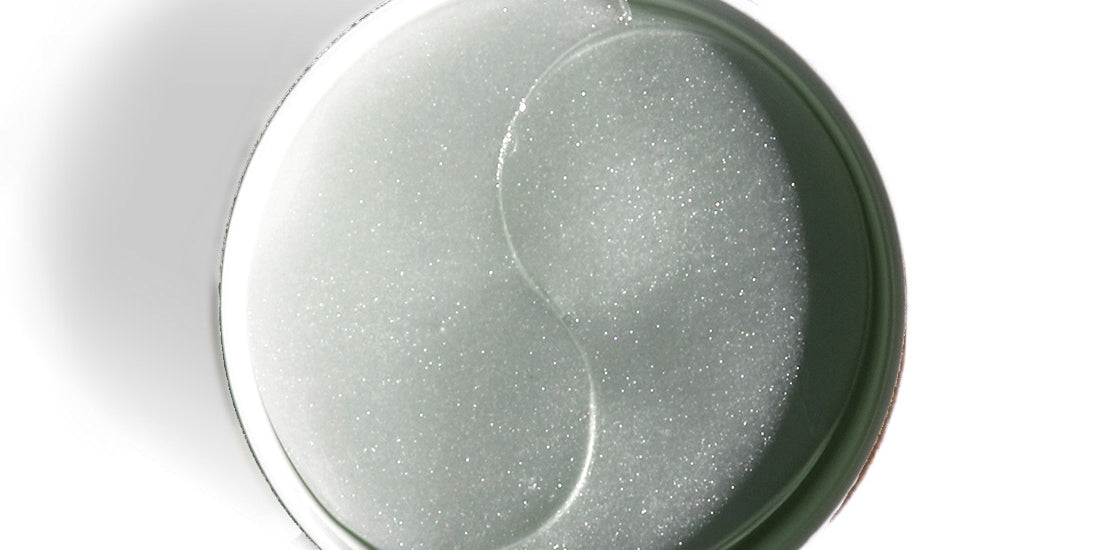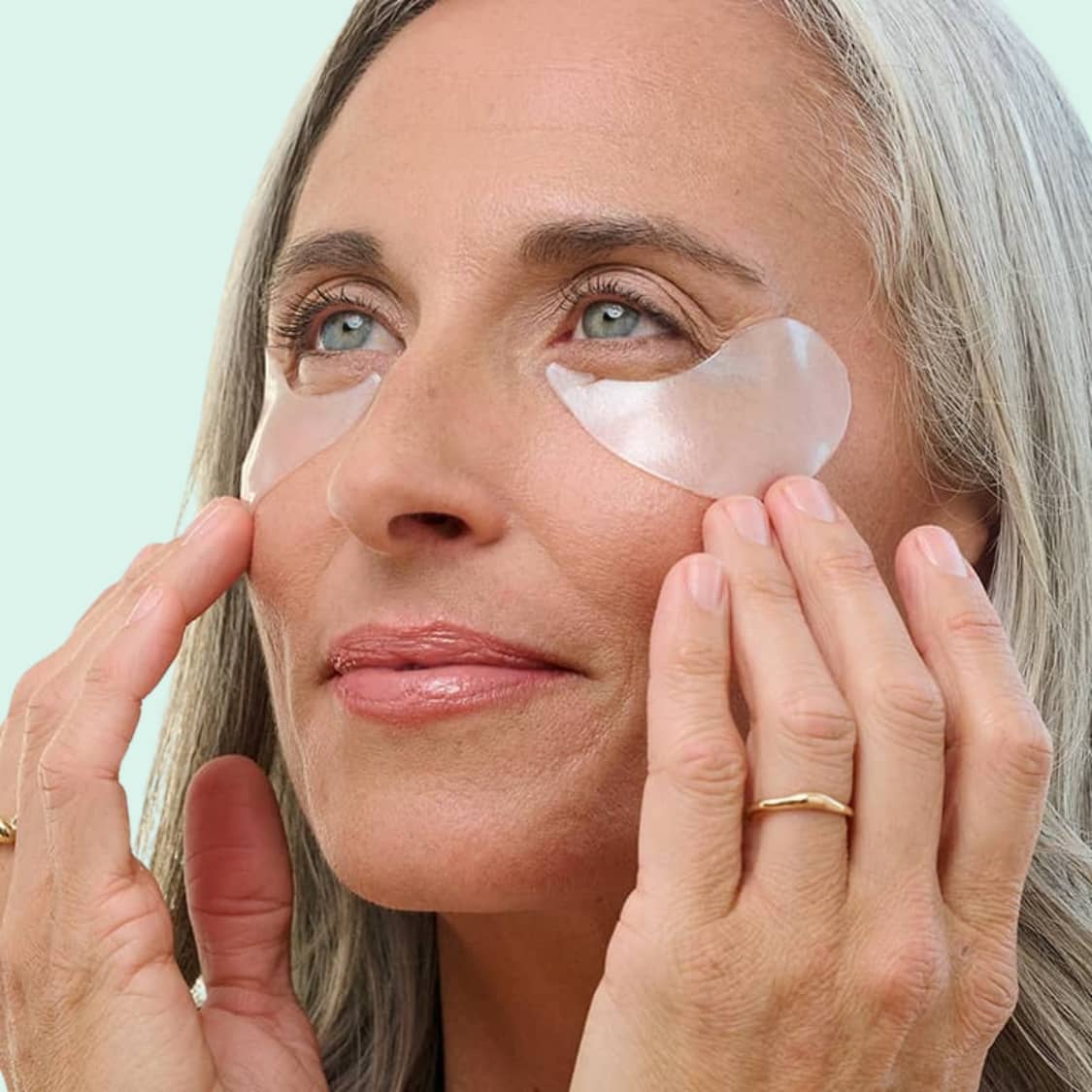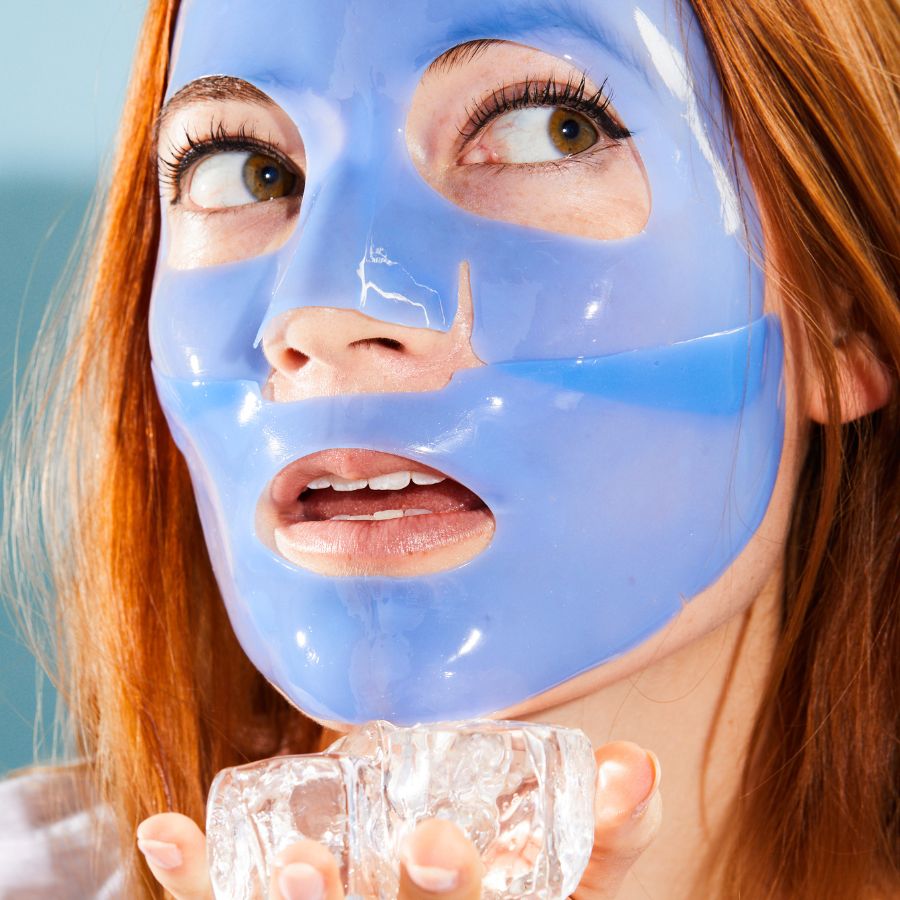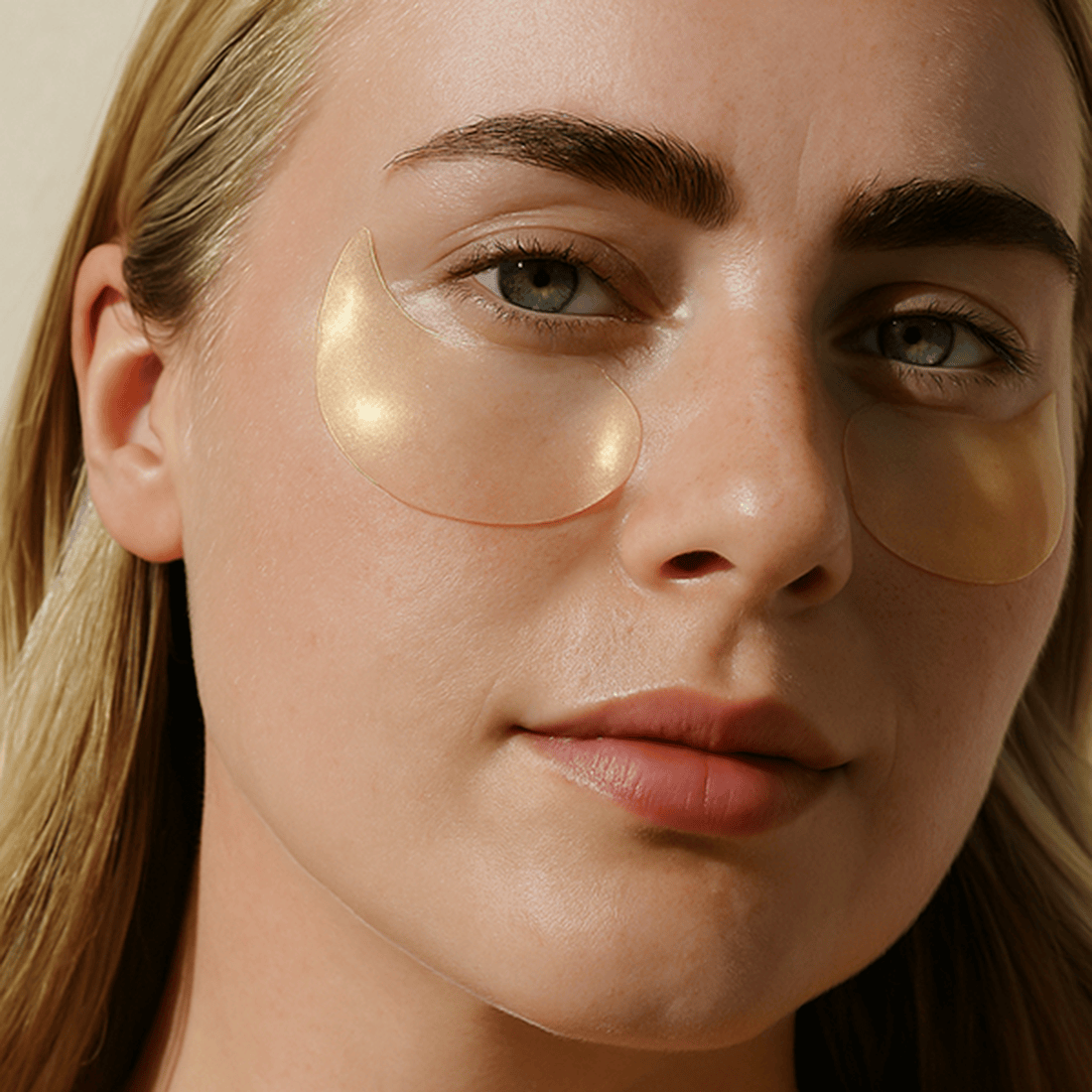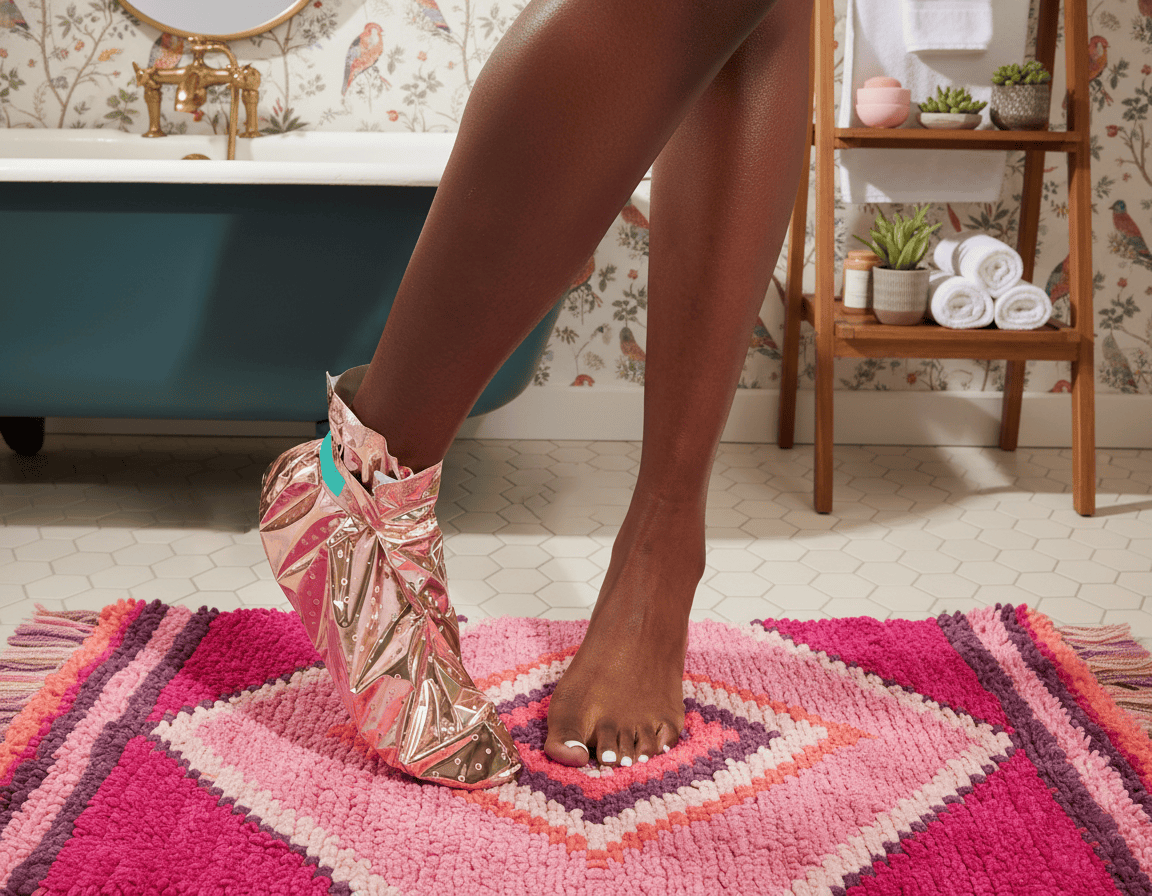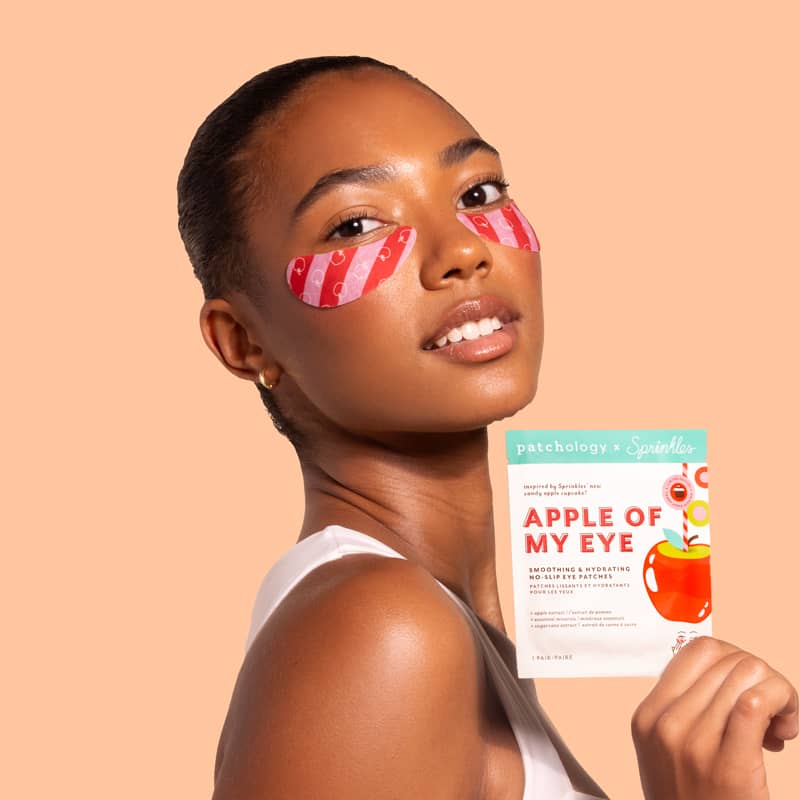Pimple patches are a relatively new acne treatment, but they have quickly become a popular choice. These small, adhesive patches are designed to be applied to pimples to help them heal faster and reduce scarring.
There are two main types of pimple patches: hydrocolloid patches and salicylic acid patches. Hydrocolloid patches are made from a gel-like material that absorbs excess oil and moisture from the pimple, creating a moist environment that helps the pimple heal from the inside out. Salicylic acid patches contain ingredients that help to reduce inflammation and kill acne-causing bacteria.
The Patchology Breakout Box contains three charcoal nose strips, 24 pimple-shrinking salicylic acid dots, and 24 whitehead-absorbing hydrocolloid dots. We've got you covered with both options to clear your skin. These patches are designed to work together to help you get clear, healthy skin.
These small, adhesive patches claim to help heal and minimize pimples overnight, but how exactly do they work? In this article, we'll delve into the science behind pimple patches and uncover the mechanisms that make them a go-to tool for tackling acne.
Understanding Pimple Formation
Before we dive into the science of pimple patches, let's briefly understand how pimples form. Pimples, or acne lesions, occur due to the overproduction of sebum (skin oil) combined with dead skin cells that clog hair follicles. This creates an ideal environment for the proliferation of acne-causing bacteria, resulting in inflammation, redness, and those all-too-familiar bumps.

Absorption and Protection
Pimple patches are typically made of hydrocolloid material, which is known for its excellent absorption properties. Hydrocolloid is a type of dressing used in wound care, and its ability to absorb excess fluid makes it a suitable material for pimple patches. When applied to a pimple, the patch creates a moist environment that helps draw out the pus and impurities from the blemish. This not only speeds up the healing process but also reduces the risk of scarring.
Additionally, pimple patches act as a barrier against external irritants and pollutants. By shielding the pimple from dirt and bacteria, the patch helps prevent further infection and inflammation, allowing the skin to recover more effectively.
Occlusion and Exudate Management
One of the key principles behind pimple patches is occlusion. Occlusion refers to the process of sealing a wound or a pimple to create a microenvironment conducive to healing. Pimple patches adhere snugly to the skin, providing a controlled environment that keeps the area hydrated and promotes optimal healing conditions. This approach contrasts with traditional drying methods that can strip the skin and delay the healing process.
Moreover, as the pimple patch absorbs exudate (the fluid released by the pimple), it creates a physical barrier that prevents the exudate from spreading to surrounding areas. This containment not only helps minimize the risk of bacterial spread but also reduces the likelihood of cross-contamination from touching the pimple with unwashed hands.
Reducing Picking and Popping
Perhaps one of the most underrated benefits of pimple patches is their role in curbing the urge to pick or pop pimples. Picking at blemishes can exacerbate inflammation and lead to scarring, whereas pimple patches discourage this behavior by providing a protective cover that reminds us to let the pimple heal naturally.
Patchology Breakout Box and understand how it works:
How Does A Charcoal Nose Strip Work?
Charcoal is a popular ingredient known for its ability to attract and absorb impurities and excess oil from the skin's surface. Charcoal nose strips are designed to adhere to the skin and, upon removal, help to extract blackheads and dirt from clogged pores. The adhesive quality of the strip aids in pulling out these impurities as the strip is peeled off. These strips can provide a quick way to target and remove debris from the nose area.
How Do Salicylic Acid Dots Work?

Pimple-Shrinking Salicylic Acid Dots:
Salicylic acid is a beta hydroxy acid (BHA) that is commonly used in skincare products for its ability to penetrate into pores and exfoliate the inside of the pore lining. It helps to break down the bonds between dead skin cells and encourages the shedding of these cells, preventing pore clogging. In the context of pimple dots, the salicylic acid is delivered directly to the pimple, where it can help to reduce inflammation and redness and encourage the pimple to shrink. It also aids in preventing further breakouts by keeping the pore clear.
How Do Hydrocolloid Dots Work?
Whitehead-Absorbing Hydrocolloid Dots:
Hydrocolloid is a material known for its moisture-absorbing properties. When used in skincare, hydrocolloid patches create a moist environment that facilitates the absorption of exudate (pus or fluid) from a pimple or whitehead. These dots can help to flatten the whitehead, absorb the fluid, and create a barrier that prevents dirt and bacteria from entering the wound. This barrier effect can minimize the risk of infection and promote faster healing.
Overall, the Patchology Breakout Box appears to combine several effective ingredients and delivery mechanisms to target different types of breakouts and skin concerns. However, individual reactions to skincare products can vary, so it's important to do a patch test before using any new product, especially if you have sensitive or reactive skin. If you have any specific skin conditions or concerns, it's a good idea to consult with a dermatologist before incorporating new products into your skincare routine.
How to Use Pimple Patches

Pimple patches are easy to use. Simply wash your face and apply the patch to the affected area. The patch should be left in place for 6-8 hours, or overnight.
You can use pimple patches as often as needed. However, it is important to avoid using them on open wounds or irritated skin.
Pimple Patches: A Safe and Effective Way to Treat Acne
Pimple patches are a safe and effective way to treat acne. They are non-irritating and can be used by people of all ages. Pimple patches are also a good option for people who are pregnant or breastfeeding.
If you are looking for a natural and effective way to treat acne, then pimple patches are a good option for you. They are easy to use and can help you get clear, healthy skin.
Here are some additional tips for using pimple patches:
- Choose the right type of pimple patch for your skin type. If you have oily skin, then a hydrocolloid patch is a good choice. If you have dry skin, then a medicated patch may be a better option.
- Apply the patch to a clean and dry pimple.
- Leave the patch in place for 6-8 hours, or overnight.
- Do not remove the patch if it starts to peel or fall off.
- You can use pimple patches as often as needed.
Pimple patches are a great way to get clear, healthy skin without having to pick or pop your pimples. They are safe, effective, and easy to use. So if you are looking for a natural way to treat acne, then pimple patches are a good option for you.

Why do acne patches turn white?
Acne patches, particularly those made with hydrocolloid material, often turn white after they have been applied to a pimple or blemish. This color change is actually a sign that the patch is working as intended and is a result of the way hydrocolloid interacts with the skin and its contents.
Hydrocolloid is a material that is commonly used in wound dressings and acne patches due to its moisture-absorbing properties. When the patch comes into contact with the skin, it forms a seal over the blemish, creating a controlled environment. Here's why the patch turns white:
Absorption of Exudate: Exudate refers to the fluid or pus that is often present in a pimple or blemish. Hydrocolloid patches are designed to absorb this exudate away from the blemish. As the hydrocolloid absorbs the fluid, it can change color, appearing white or cloudy. This is a sign that the patch is drawing out the impurities from the blemish and helping to keep the area clean and protected.
Hydration and Swelling: Hydrocolloid material is designed to swell and become more gel-like when it comes into contact with moisture. As it absorbs the exudate from the blemish, the hydrocolloid material swells and becomes opaque, resulting in the white appearance. This swelling contributes to the patch's ability to keep the blemish moist, promote healing, and prevent scabbing.
Barrier Formation: The white appearance of the patch also indicates that it has formed a barrier between the blemish and the external environment. This barrier helps to protect the area from dirt, bacteria, and other potential irritants, creating an optimal environment for healing.
The white color of acne patches, especially hydrocolloid patches, is a visual indicator that the patch is effectively absorbing exudate from the blemish and creating a controlled environment for healing. It's a positive sign that the patch is doing its job to help minimize the appearance of the pimple, promote faster healing, and prevent further infection or irritation.
Breakout Box Features
Don't just take our word for it. Breakout Box has more than a few editors backing it.
- The Cut included Breakout Box in it's best 11 Pimple Patches
- Cosmopolitan named Breakout Box in 10 of The Best Pimple Patches to heal breakouts at lightening speed
- Byrdie featured Breakout Box in this article about Recreating an Acne Routine for $145
Wrapping Up
Incorporating science-backed pimple patches into your skincare routine can offer a strategic and effective approach to managing breakouts. By leveraging the principles of occlusion, absorption, and protection, these patches provide a gentle yet powerful way to address acne concerns.
Remember that while pimple patches can work wonders, consistent skincare practices and a healthy lifestyle remain essential for maintaining clear and radiant skin in the long run.



